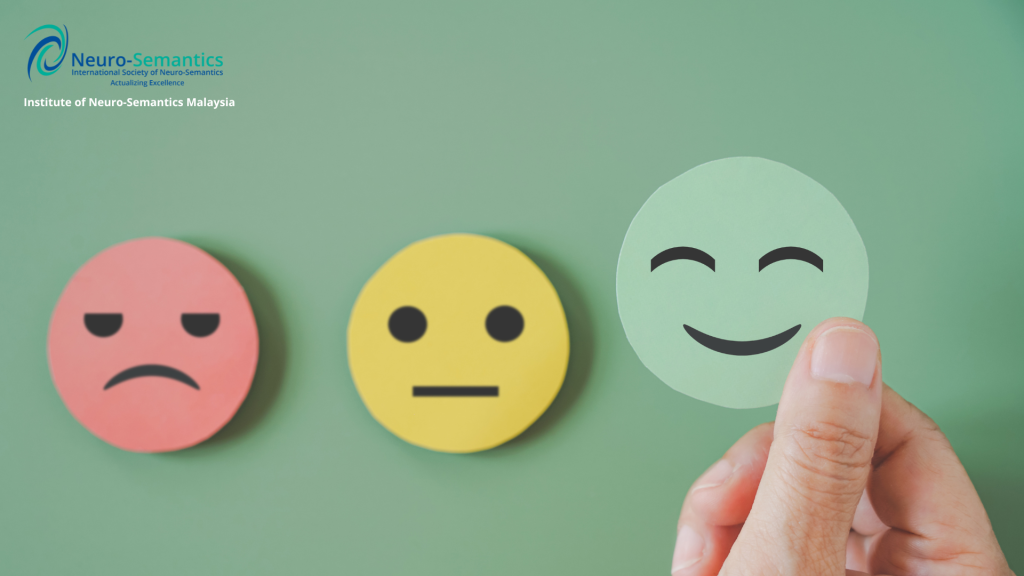
In the previous article, we delineated six distinct perspectives for discerning emotions, shedding light on the intricate nature of this phenomenon:
- Emotion as movement.
- Emotions as regulators of nerve impulses, both inhibitory and excitatory.
- Emotions as distinct entities from feelings.
- Emotions as cognitively rooted experiences.
- Emotions in relation to map and territory.
- Emotions as interpretations.
However, the exploration doesn’t end here; there’s more to unravel in the understanding of emotions.
- Emotions as reflexive layers: In the realm of bodily emotions, a spectrum of primary emotions, numbering a dozen or more, forms the foundation. These primary emotions can be amalgamated to generate secondary and tertiary emotions, akin to mixing colors to produce diverse shades.
Robert Plutchik’s work, “Emotion: A Psycho-Evolutionary Synthesis (1980),” posits eight primary emotions: fear, surprise, sadness, disgust, anger, anticipation, joy, and acceptance. Further categorization involves 12 primary emotions, each coded along six continua.
These emotional layers stem from reflexive consciousness, allowing individuals to reflect on their own emotions. This reflective process is remarkably simple—asking questions like, “What do you feel about anger?” or exploring emotions such as fear, jealousy, stress, sadness, joy, and excitement.
The reflective consciousness gives rise to meta-levels of emotions, demonstrating that emotions intensify as they ascend these levels. Contrary to the oversimplified notion from the founders of NLP that going meta implies emotional dissociation, going meta often results in heightened emotional experiences.
Going meta involves layering additional emotions onto existing thoughts and emotions, creating a cascade of emotions-about-emotions. This complexity elucidates the challenge of precisely articulating one’s feelings, as multiple emotions can coexist. Emotions as reflexive layers underscore their intricate nature, paving the way for contradictory feelings simultaneously.
As emotions progress up the meta-levels, many secondary and tertiary emotions tend to resemble moods or attitudes—a pervasive emotional state or a disposition of body, mind, and emotion. Fear, for instance, evolves into generalized fearfulness, timidity, shyness, or avoidance, while anger transforms into rage, sarcasm, hatred, aggressiveness, and disrespect.
The crux of the matter concerning emotions is that they are a form of thinking. Anger thinking begets anger feelings, fear thinking gives rise to fear feelings, and jealousy thinking manifests as jealousy feelings. The seamless integration of thinking and feeling in the holistic operation of the nervous system underscores the indivisibility of these processes as an energy source within the body.
Curated by Danielle Tan.
Reference:
- [Neurons] 2024 Neurons #5 WHAT ARE EMOTIONS — Part II by L. Michael Hall, Ph.D. Executive Director, ISNS.